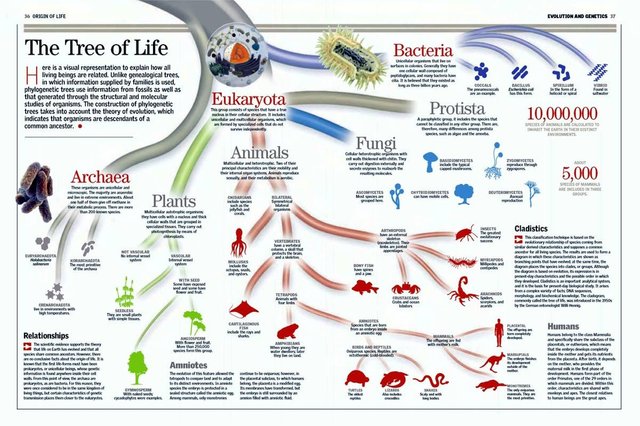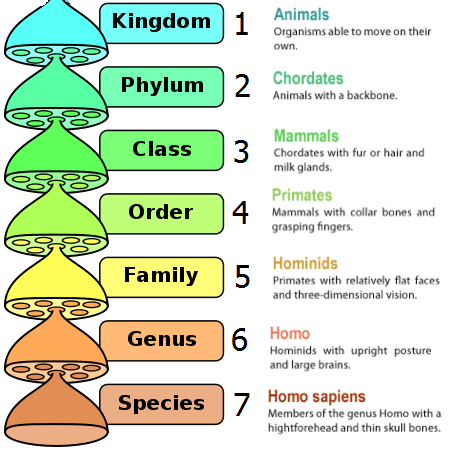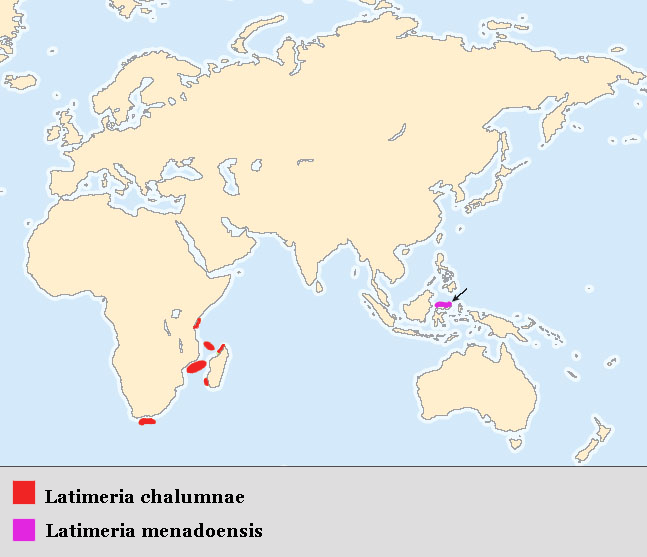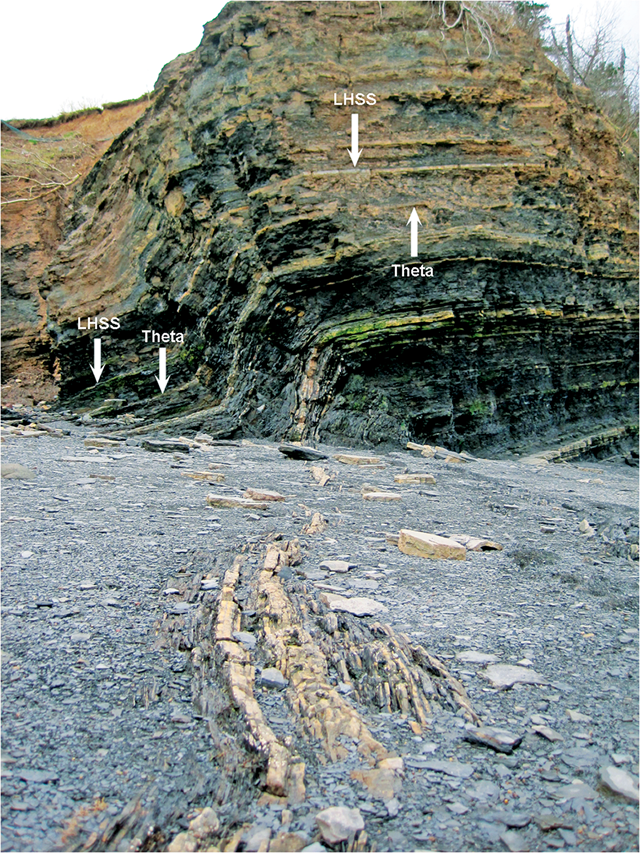Elvis and zombies belong together in a tabloid. Las Vegas has a wedding chapel where you can be married by either one (or other themed characters of your choice). The Grand Theft Auto game franchise has a Zombie Elvis. A heavy metal parody band has a zombie Elvis clown.
There is a Zombie Elvis costume for Halloween and a Gangnam Style takeoff video in which a Zombie Elvis dances to the bloody rain of a thousand bullets. The list goes on.


The MacSabbath heavy metal parody band with a zombie Elvis clown (Source: Creative Commons via Wikipedia by Skibbz777). The zombie Elvis tabloid featured in the Grand Theft Auto franchise (Rockstar Games).
So what happens when Lazarus joins the party? If you’re thoroughly confused by now, you’re not alone. I’ll take a step back and explain how I got here.
Recently, I was reading a news article and stopped to look up the definition for a term that I found. One thing led to another, as it often does on the Internet, and soon I came across the Wikipedia entry for something called the dawn redwood. Its story was amazing and I wondered what other organisms have had a similar history. That led me down the proverbial rabbit hole where I learned about the unique attributes of the Elvis, Lazarus, and Zombie Taxons.
These taxons are fascinating. Let me explain them.
Don’t Taxon Me
No, I’m not raising your taxes. “Taxon” comes from “taxonomy” and is a unit of biological classification.


The Tree of Life is a way of visualizing how organisms are related to one another. The second chart shows the different levels of hierarchy (left column) and how humans fit (right column). Source: Thinglink.org.
Each species of plant, mammal, insect, bacteria, and any other living organism has its place in world and is described by science using a system of classification. These classifications (which include Family, Genus, and Species) enable any organism to be placed somewhere in the “tree of life” so that we can see how it is related to other organisms, living or extinct. And because the fossil record can be spotty and some parts are incomplete, new discoveries change the picture. Some things get moved around as we learn more about them.
The Dawn Redwood
If you have ever seen a redwood or sequoia tree, you’ll know that these conifers are still very much a part of our world. But there is one species (in its own genus) that lived in the Mesozoic period and appeared only in fossils. These fossils are 150 million years old. No other evidence of the dawn redwood tree existed, other than 150 million year old fossils.
Until somebody found one growing in China!

Dawn Redwood. Creative Commons via Flickr by Lanana.
So the last record of dawn redwoods was 150 million years ago, represented by just three fossils. Obviously, there was a lack of evidence, but it created a long gap in the historical record. And it turns out that these trees are very much alive and well, even if their population is rather small.
There is a forest of 5,000 of them growing in Lichuan, Hubei province, in China along with some smaller groves in that region. That forest is protected and celebrated now along with an effort to plant more dawn redwoods, which you can buy today at many nurseries. In addition, there has been an effort to plant a wild grove of them in North Carolina in the United States.
The Coelacanth
The coelacanth is another example of this. This primitive-looking fish was known only from fossils dating as far back as 360 million years ago. It was thought to have gone extinct 66 million years ago.
Then someone caught one off the coast of South Africa in 1938.
https://encrypted-tbn0.gstatic.com/images?q=tbn:ANd9GcRo8yJzTML7Ungz127c-5gcAW8Xu8rwy7lsxFjQUxfiErZMH5jM
Coelacanth. Public Domain.
Further research revealed that there were several populations of them living between Africa and Madagascar also, but because the fish live mostly in deep caves and are not near the coast that often, humans simply had not come into contact with them much. Decades later, another discovery was made of a population of coelacanths off the coast of Sulawesi in Indonesia. Fishermen there had been catching them for years and called them “King of the Sea”, although coelacanths do not taste very good.

Coelacanth distribution. Source: Wikipedia article linked below.
So not only is the coelacanth alive rather than extinct; it is represented by two separate living species on opposite sides of the greater Indian Ocean.
Lazarus Rises
The coelacanth, dawn redwood, Caspian horse, Worcester’s buttonquail, Laotian rock rat, Bermuda petrel, and bridled nailtailed wallaby all are examples of species that had been believed to have gone extinct, but later were found to be living. Therefore, each one left a gap in the official record. For some, that was mere decades after they were believed to have gone extinct, while others (such as the Coelacanth) were not confirmed by science to be living until millions of years after their “extinction”.
These are known as Lazarus taxons. They are given this title based on the Biblical figure of Lazarus, who was resurrected from the dead. But in fact, these species were not brought back to life; they were simply re-discovered by humans who had not known where to look before.
Not To Be Confused With Elvis
In the 1990s, scientists moved away from using Biblical references for taxa, instead adopting some descriptive names. They coined the term “Elvis taxon” for species that appeared to be Lazarus taxons, but later proved to be something else. Just as with Elvis impersonators and stories of Elvis sightings since his death in 1977, Elvis taxons turn out to be something different than they appear.
They’re just good impersonators.

Elvis impersonators, good or not. Source: 104.3 KHITS.
For example, there was a brachiopod (a kind of shellfish) that lived during the Triassic period and was thought to have survived the extinction that killed off many other life forms during this time. It was thought to have survived because something very similar was found later in the fossil record. However, that later fossil turned out to be a distinct organism, even if it had similar adaptations. So what appeared to have been a Lazarus taxon was really a different organism that belonged in a separate genus.

A hacked road sign. Source: Treehugger.
Zombie Alert!
Zombie taxons are ones that end up in the wrong place. This can confuse everyone for a while. An example will help illustrate the concept.
Let’s say there is a cliff with fossil deposits in it. On the edge of the cliff sites a fossilized dinosaur egg, embedded in the soil of the cliff. Then there is a strong storm with lots of rain and it washes away the dirt, sending the dino egg tumbling down the hill. Eventually, it settles in the ground as part of another layer from a much later period of history.
So someone excavating later strata in the earth might be looking mostly at mammal bones. But then something very curious emerges…a dinosaur egg, from millions of years after they should have been dead?

Fossil strata in cliff. Source: Creative Commons via Flickr by Pommiebastards.
Time to rewrite history! Dinosaurs survived the great extinction events and lived among later mammals! Except that this conclusion is not warranted because we know the fossil came from an early deposit and was washed into this later one.
That is known as a zombie taxon.
Who Let the Ghosts In?
Zombies, Elvis, and Lazarus. You thought I was done now, didn’t you? But I forgot to mention fossil ghosts. These are not the fossils that spring to life in the Night at the Museum movies. A ghost taxon is an organism that is presumed to have existed in the past, even if there’s no direct record of it. Either statistics or the adaptations that organisms have made can predict the past existence of something that must have been there, but just has not shown up itself in the fossil record.
Now all we need is a witch and a vampire. We’ll be all ready for Halloween.

Halloween Fossils. Source: Bluff Country Fossils.
Sources:
Vegas Weddings: http://www.vivalasvegasweddings.com/themed-lasvegasweddings.htm
Grand Theft Auto: http://gta.wikia.com/wiki/Zombie_Elvis_Found!
Dawn Redwood: https://en.wikipedia.org/wiki/Metasequoia_glyptostroboides
Indonesian Coelacanth: http://www.dinofish.com/INDOC.HTM
Coelacanth Wikipedia: https://en.wikipedia.org/wiki/Coelacanth
Time Article: http://content.time.com/time/specials/packages/article/0,28804,2105239_2105240_2105283,00.html
Elvis Taxa GeoScienceWorld: http://palaios.geoscienceworld.org/content/8/6/623
Elvis Taxon Wikipedia: https://en.wikipedia.org/wiki/Elvis_taxon
Zombie Taxon Wikipedia: https://en.wikipedia.org/wiki/Zombie_taxon
